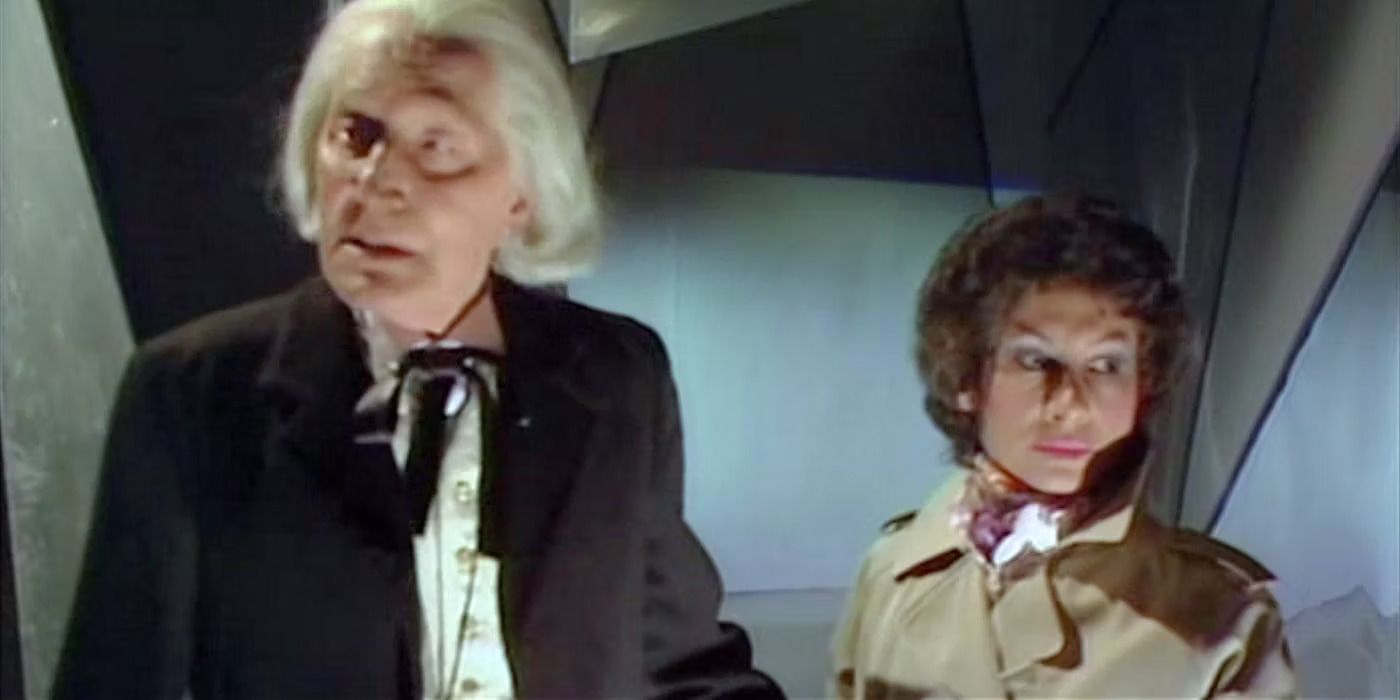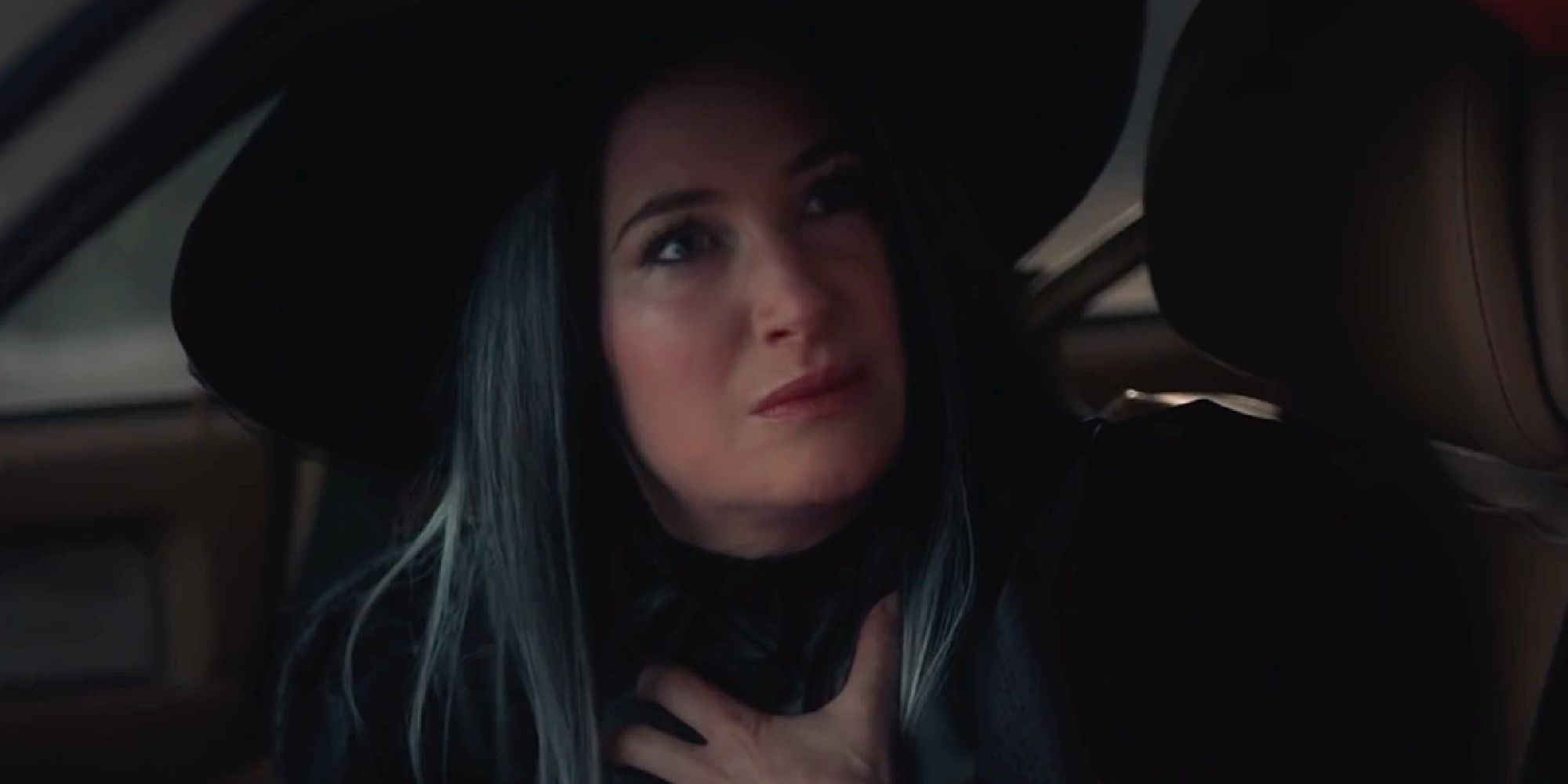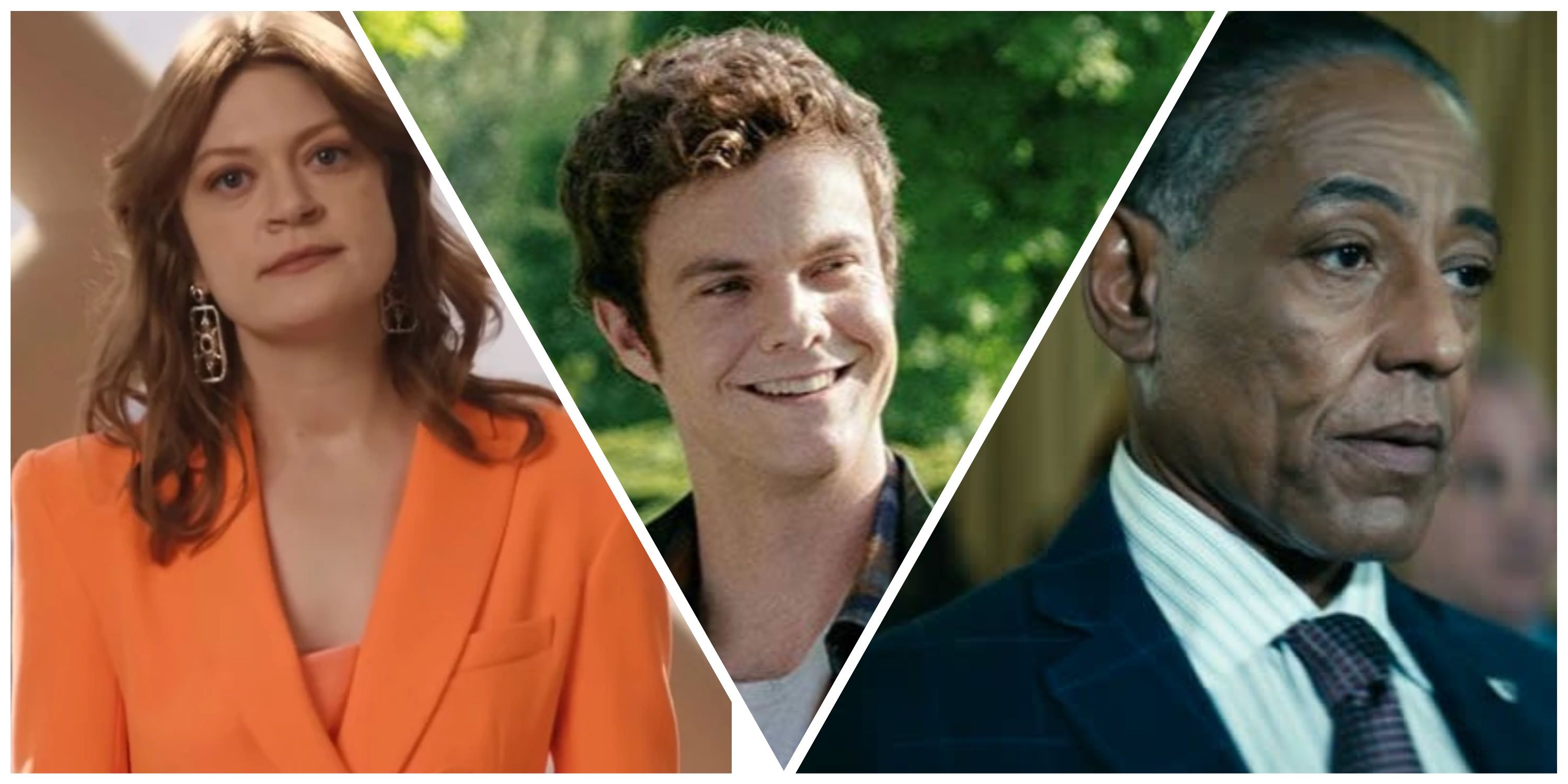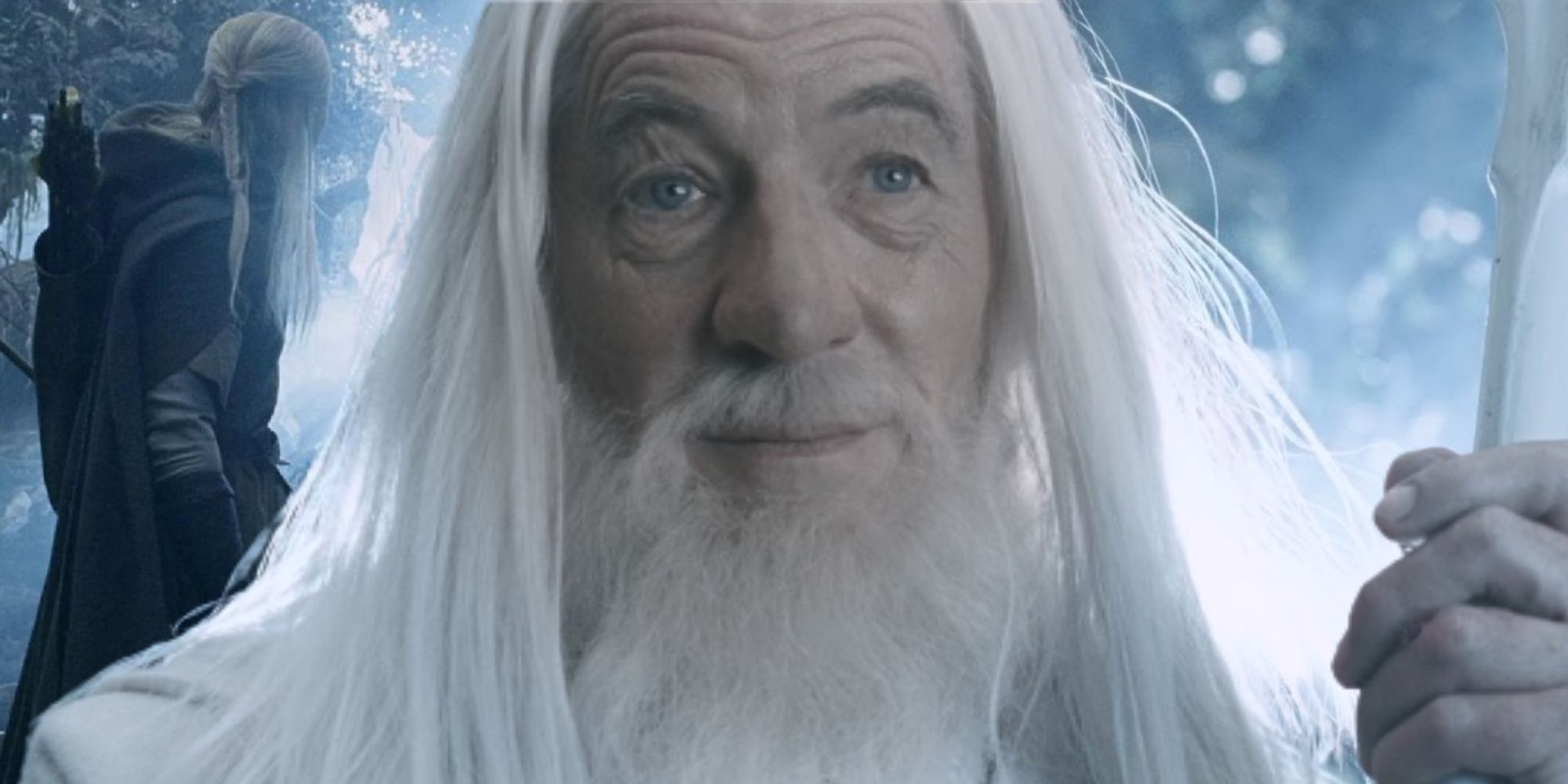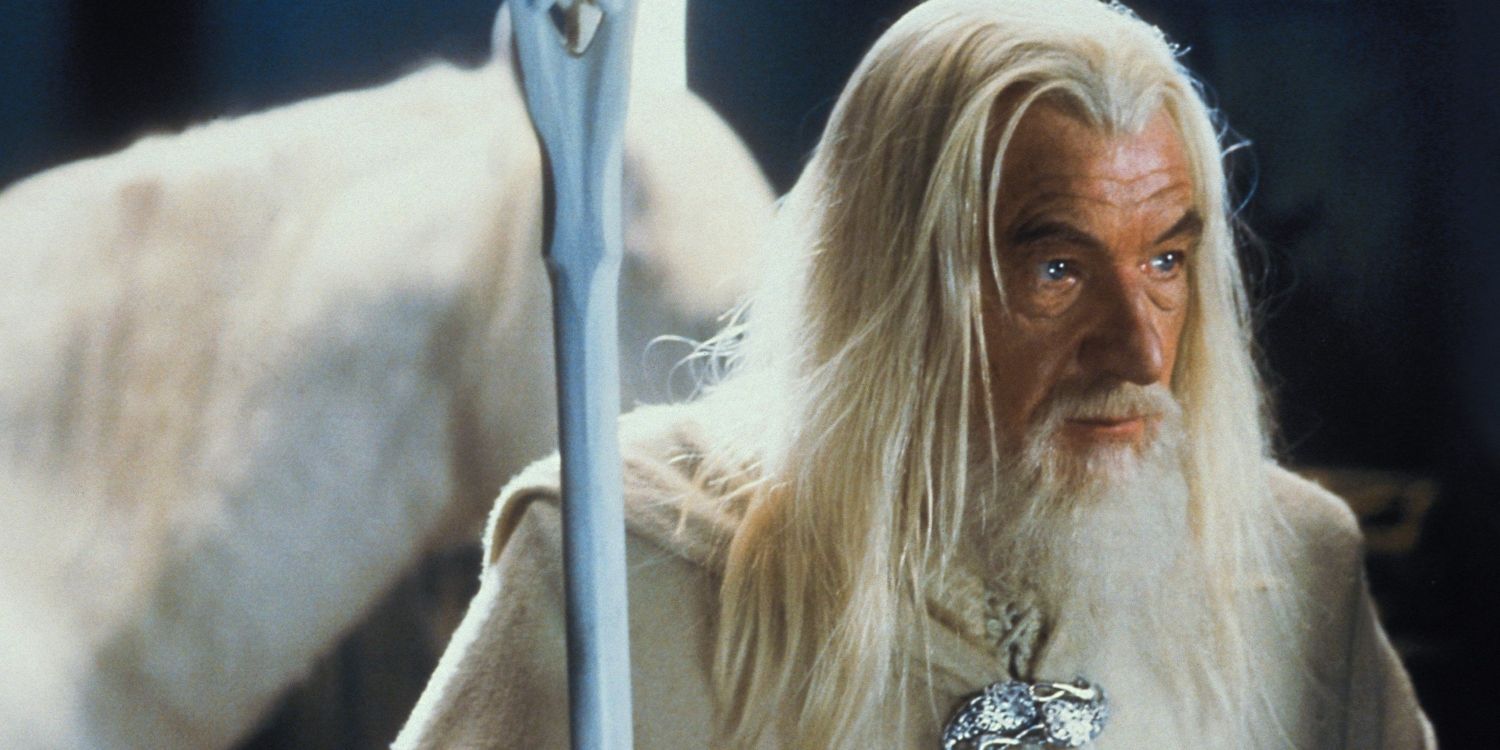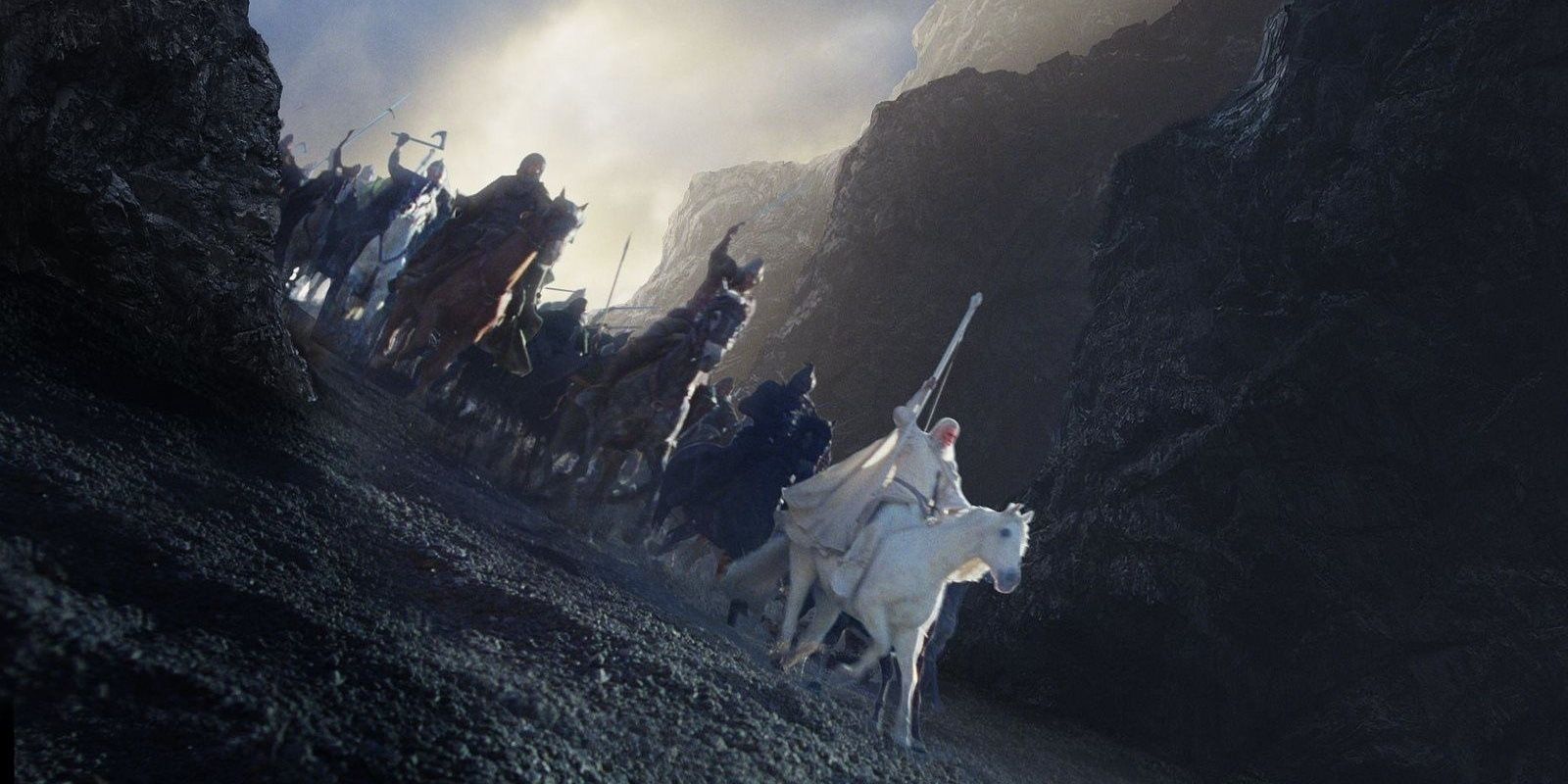Peter Jackson’s Lord of the Rings trilogy converted J.R.R. Tolkien’s monumental fantasy epic into an action-adventure saga spanning more than nine hours across three films. But Tolkien’s work is so expansive that even the extended editions of the Jackson films couldn’t possibly cover all the questions people are bound to have about how the world of Middle-earth works. Many viewers still ask “why didn’t they just take the eagles to Mordor?” in reference to the movies. There’s a reasonable answer to that question, but viewers have to dig deep into Tolkien’s mythos to find it.
Another example of such a question can be found in The Lord of the Rings: The Two Towers, in the scene where Gandalf reunites with Legolas, Aragorn, and Gimli. A bit of background: after being pulled deep into the Mines of Moria by the Balrog (an event shown in The Fellowship of the Ring), Gandalf fought the creature unrelentingly, finally defeating it atop Durin’s Tower. His strength was gone, however, and the toll of the battle too great. “Darkness took me, and I strayed out of thought and time”, as he tells the members of his former fellowship in both the book and the movie. He was brought back to life by Eru, essentially the supreme deity in Tolkien’s realm, and sent back to fulfill his destiny of saving Middle-earth from Sauron and the Ring.
But Legolas, Aragorn, and Gimli don’t know any of this, so when they confront a strange old man in Fangorn Forest, they immediately assume him to be the wizard Saruman. They each attempt to attack him, but he deflects their weapons with ease. Suddenly, the man reveals his true identity in a flash of white light, and in the movie, this leads to a stunned silence which Aragorn breaks by incredulously stating “It cannot be. You fell.” The man, who is of course Gandalf, then relates the tale of his fight against the Balrog (this happens a bit later in the book). Aragorn loudly exclaims “Gandalf!” in a burst of happiness at his friend’s return. But this leads to a moment that requires a more in-depth explanation than what the movie gives its viewers. Gandalf responds by asking "Gandalf?”, before suddenly recognizing his name and telling his companions that he is no longer Gandalf the Grey, but Gandalf the White. And the strange thing about that exchange is that Gandalf doesn't seem to remember his own name at first. Why?
It’s a blink-and-miss-it moment in the film, but in the book, there’s a bit more detail put into the depiction of Gandalf hearing his name spoken aloud for the first time since his resurrection. It says he repeats it at first, “as if recalling from old memory a long disused word”, indicating that he had almost completely erased it from his mind. He then says “that was the name” (or “that’s what they used to call me” in the film), and the fact that he’s using the past tense is a bit odd in this case. He finally tells his friends “You may still call me Gandalf”, which makes it seem like he hadn’t just forgotten his name, he’d also replaced it, or moved past it, entirely at some point. That's closer to the truth, but things are a bit more complex than that.
The book adds an additional question that has to be explained in conjunction with the solution to the main problem. When Legolas recognizes Gandalf for the first time, he cries “Mithrandir!” to him. Instead of responding with confusion, Gandalf recognizes Legolas and calls back to him by name. This doesn't happen at all in the movie, but in the book, Aragorn’s exclamation of “Gandalf!” actually happens after it. But "Gandalf" came from the Men of the West, and "Mithrandir" came from the Elves. So both names were given to Gandalf by the peoples of Middle-earth, and neither is his original name. If that's the case, why did he immediately understand when he was greeted as "Mithrandir"?
The reason is that, after his resurrection, Gandalf was healed in the Elven paradise of Lothlórien. He spoke there with the Lady Galadriel, who would have used the name "Mithrandir" in her conversations with him, giving him time to become familiar with it. It's not stated in the book, but it's possible that it took him a moment to remember that name as well. Of course, it's also likely that he simply has a preference for "Mithrandir". Faramir details in the book version of The Two Towers that Gandalf spoke of having many names (including his original name, "Olórin"), but "he was content" with being called "Mithrandir". Being a Man, Faramir would be going against the norm by using Gandalf's Elven name, but it seems that's what Gandalf wanted.
Getting back to the puzzle, however, the solution is simply that the name "Gandalf" was tied to a prior life. After he was sent back, Gandalf would have recognized his friends, because they were all part of the job he was sent back to do. But he had moved on from thinking of himself as "Gandalf" because he had died and become something else. "His wisdom and power are much greater", as Tolkien wrote in a letter to his friend Robert Murray. Even when Gandalf had adapted to being called by his former name, it was necessary for him to change it to something stronger (Gandalf the White) to reflect his newfound strength and power.
Whether he preferred "Mithrandir" or not, the name "Gandalf" was a relic of the wizard's life among Men, one that would have been easily forgotten during days spent with angels, eagles, and Elves. It was his tie to a past that no longer defined him. So when he finally remembered his name, he didn't give it any sudden importance, because it was already nostalgic, a long-forgotten memory. He only resumed using it for one last adventure with his beloved companions. When he told them that they could still call him "Gandalf", in Tolkien's words, "the voice was the voice of their old friend and guide."

